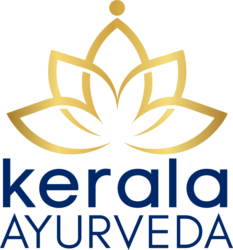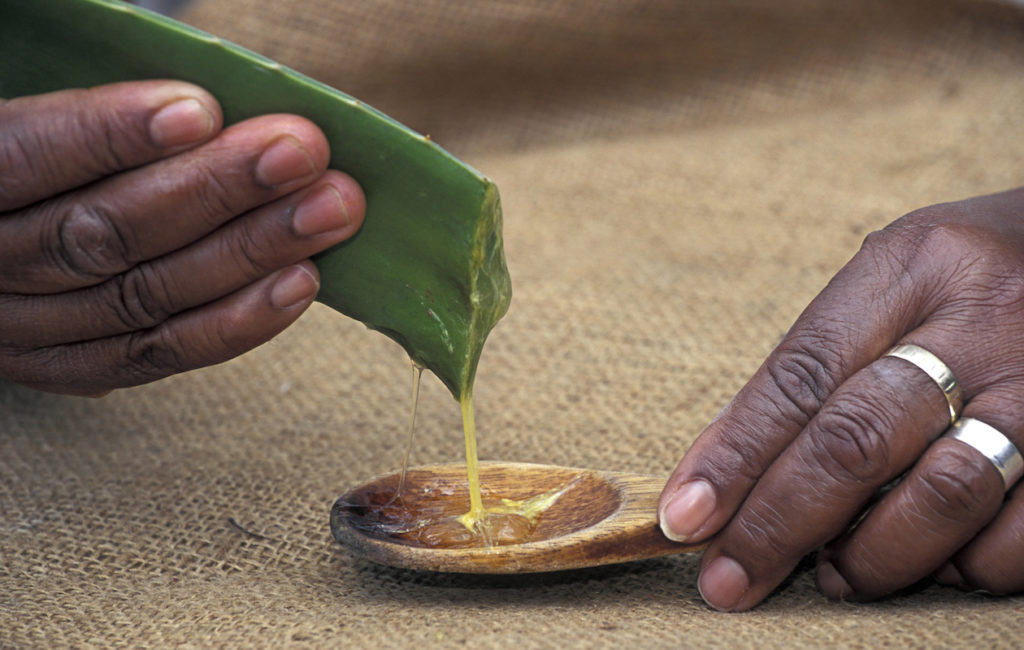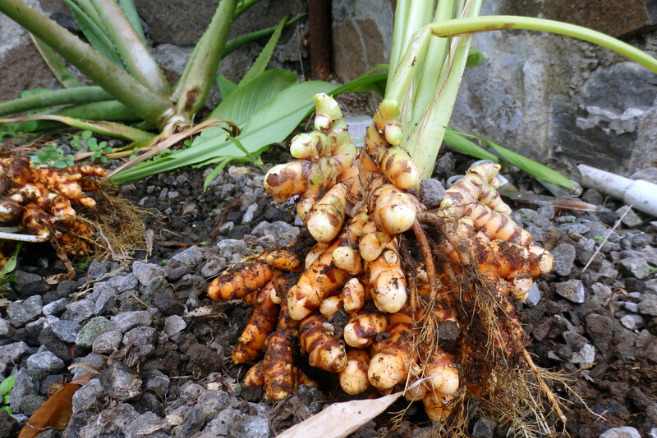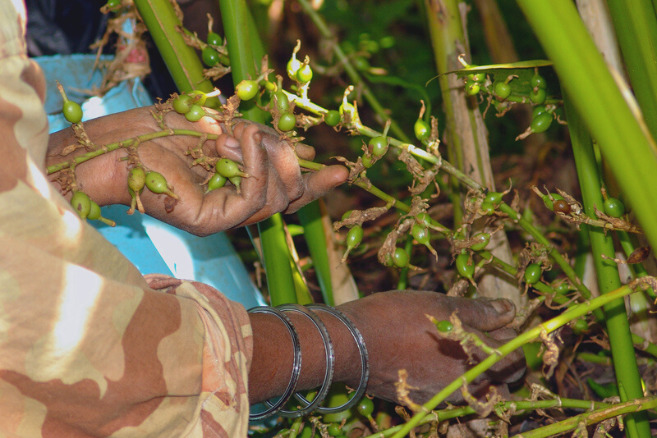Kerala Ayurveda is a source of Ayurvedic teachings, products, lineage traditions and healing services. Much of Ayurveda’s wisdom comes directly from nature and the plant world. Plant medicine is becoming increasingly popular across various industries – wellness, spiritual, food and pharmaceuticals. But what is true plant medicine?
This blog is inspired by the webinar, “The Healing Consciousness of Plants” with Vaidya. Jayarajan Kodikannath
Click here to view the webinar To take care of ourselves and our planet, working with plant medicine in a sustainable and respectful manner is important. It’s our goal at Kerala Ayurveda to preserve the ancient respect of the plant world embedded in the tradition practice of Ayurveda. As holistic remedies become more popular and trends lead to the increasing commercialization of plants, as well as the industrial manipulation of them, it’s all the more important we take cues from the ancient ways. Improper use of plant medicine is not only disrespectful to the plants, ourselves and the earth; it also diminishes the efficacy of the ingredients. Respect and healing potential go hand in hand – isn’t that beautiful?
According to the history of Ayurveda, the wisdom of healing was gifted to the ancient sages by the plants themselves. To understand plant medicine in Ayurveda, it’s important to look at consciousness itself. Ayurveda’s wisdom is not considered to be derived from the “normal” human experience we have day to day. The true essence of this wisdom is considered, according to Ayurveda, to exist beyond the material plane, at the highest state of awareness of Trikal Gyani’s – or, Enlightened Rishis or Seers who could see the past, present and future. That might seem intimidating, but from an Ayurvedic perspective: we’re all truly capable of accessing higher states of awareness, and connecting with this wisdom. When we recognize that plants possess another form of consciousness, we can begin to connect appropriately with that consciousness to facilitate effective, soul nourishing healing.
To take care of ourselves and our planet, working with plant medicine in a sustainable and respectful manner is important. It’s our goal at Kerala Ayurveda to preserve the ancient respect of the plant world embedded in the tradition practice of Ayurveda. As holistic remedies become more popular and trends lead to the increasing commercialization of plants, as well as the industrial manipulation of them, it’s all the more important we take cues from the ancient ways. Improper use of plant medicine is not only disrespectful to the plants, ourselves and the earth; it also diminishes the efficacy of the ingredients. Respect and healing potential go hand in hand – isn’t that beautiful?
According to the history of Ayurveda, the wisdom of healing was gifted to the ancient sages by the plants themselves. To understand plant medicine in Ayurveda, it’s important to look at consciousness itself. Ayurveda’s wisdom is not considered to be derived from the “normal” human experience we have day to day. The true essence of this wisdom is considered, according to Ayurveda, to exist beyond the material plane, at the highest state of awareness of Trikal Gyani’s – or, Enlightened Rishis or Seers who could see the past, present and future. That might seem intimidating, but from an Ayurvedic perspective: we’re all truly capable of accessing higher states of awareness, and connecting with this wisdom. When we recognize that plants possess another form of consciousness, we can begin to connect appropriately with that consciousness to facilitate effective, soul nourishing healing.
The story of Turmeric
To understand the depth of plant consciousness, let’s look at the story of turmeric as one example of the thousands of plant stories in the Ayurvedic knowledge base. Bhavaprakasha, the herbal dictionary mentions that turmeric:- Pacifies the Kapha and Pitta Doshas
- Enhances complexion
- Helps with skin and urinary disorders, diabetes, blood-related issues, inflammation, swelling, anemia, and wounds
- Enhances mental functions
- Is efficacious in cardiac issues, vitiligo, jaundice and is an anti-toxic
Embracing a broader definition of consciousness
The subtle layers of consciousness permeate everything in the universe, according to Ayurveda. Ayurveda translates to “the science of life” and offers more than a system for human health. It encompasses the entire cosmos, for it recognizes the interconnectedness, and resulting interdependence, of all existence. Nature is now teaching us a very challenging but important lesson: what it means to live in Adharma or unrighteousness. Our health, the health of many species, our water and our planet as a whole is under the threat of our own human industry’s fallout. When we treat everything for our convenience and consumption, including how large or quickly plants and animals grow, we assume earth and nature are created just for us. Ayurveda reminds us that we must learn to honor all beings and consider them our family. We would not manipulate our family members in a way that goes against their nature. The root Ayurvedic text, Charaka Samhita, talks about the wrongdoings of humans that contaminate and pollute air, water, earth and cause derangement of time cycles, climate change and lead to annihilation of communities through reduction of immunity and pandemics or Janapadadhwamsa Vyadhi where pathogens overtake us. The Covid19 pandemic happened because of our long-standing Adharma to ourselves, animals, plants, and fellow beings. Studies suggest that we are reaching a point where it is difficult to go back to the normal sustenance of humanity, and have crossed the limit in damaging the environment. However, every transformation in human consciousness starts with a shift in awareness in one individual. This spreads to families, communities, nature, and ecosystems get transformed. You have the power to make the change for yourself, and the whole planet in the process. Ayurveda is here to guide you, by helping you tap into your innate knowledge.Three layers of existence and “One World Family”
Vasudev Kutumbhakam implies we are all a part of this cosmic vibration or “one world family.” All living beings, including plants, animals, birds, and humans exist in three layers and real existence is a union of these layers:- Physical, material, or structural layer which includes Dhatus, or tissues and the physical body.
- Subtle, functional, or energetic layer which includes Doshas and the mind.
- Consciousness, casual layer, or spirit which is sometimes confused with the mind but is the quantum layer beyond energetics. We rarely access this in modern life.









